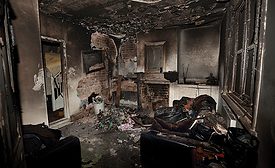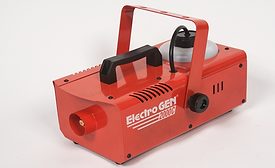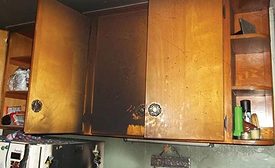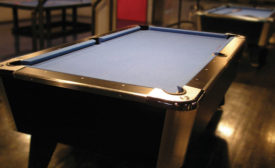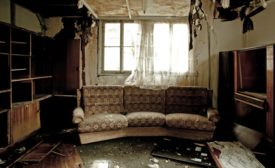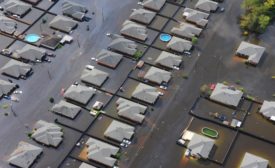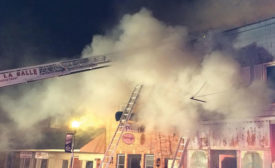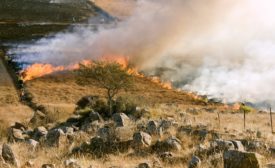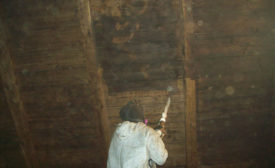Fire and Smoke Damage Restoration
ProRestore Releases New ElectroGen 2000C Thermal Fogger
The ElectroGen 2000C is designed specifically for odor control
January 12, 2016
Ask Annissa: Part 1 - Dealing with Catastrophe Losses (with video)
Annissa Coy presents the first of a four-part series on "cat" loss situations
Read More
Two Headlines for Restoration Contractors to Watch
Tropical Storm Erika bears down on the Gulf Coast as wildfires ravage Washington State
August 27, 2015
Restoring a Farm's Rich History
The journey of restoring a historic New Hampshire barn damaged by fire
Read More
Get our new eMagazine delivered to your inbox every month.
Stay in the know on the latest disaster restoration and remediation trends.
SUBSCRIBE TODAY!Copyright ©2022. All Rights Reserved BNP Media.
Design, CMS, Hosting & Web Development :: ePublishing
